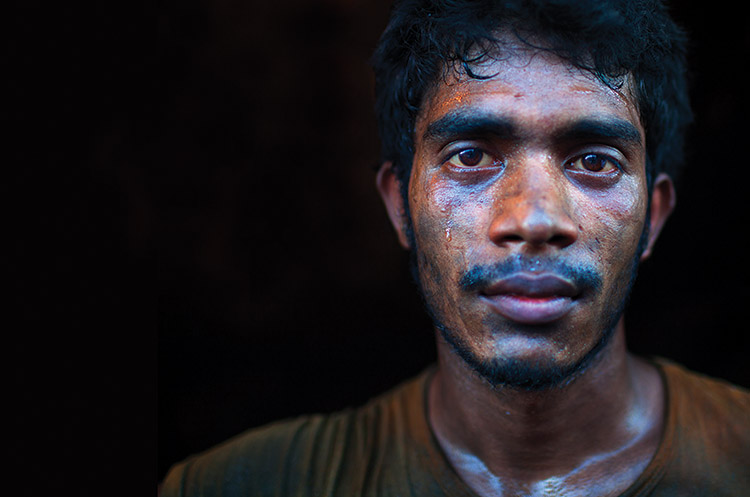Jan-Feb 2018 | Dhaka
January 5, 2018
Dhaka, the capital of Bangladesh, is perhaps most associated with these words: overpopulation, traffic congestion and waterlogging. While supporting more than 15 million people on less than 325 square kilometres of land, the city’s drainage and transportation infrastructure is on the verge of collapsing. Beneath the apparent reasons—overpopulation with a large number of informal settlements; waterlogging during the monsoon seasons; and traffic congestion on a daily basis—there is a major underlying cause: global climate change with its direct and indirect impacts i.e., sea level rise; saltwater intrusion; temperature variations; erratic rainfall; internal migration, etc.
Other associated impacts such as geologic and anthropogenic changes have also contributed to the unstable situation in Dhaka. Nonetheless, climate change has the most devastating impacts on the daily lives of Dhakaities primarily in two ways: through floods/drainage congestion and heat stress (Alam, 2007).
If we look at the direct impacts of climate change to the capital city, it could be found that Dhaka is fast becoming technically an unsuitable city to live in.
Heat waves
Bangladesh ranked sixth in the world’s top 10 countries most affected by extreme weather events in the last 20 years, according to the Global Climate Risk Index by think tank Germanwatch. The country’s temperature is projected to increase by 0.7 degrees Celsius during monsoon seasons and by 1.3 degrees Celsius in winter (World Bank, 2000). Over the last 30 years, from March to November, the city has been experiencing a slight increase in temperature and this average has sharply increased during the last five years, at a rate of 0.11 degrees Celsius (Rabbani et. al., 2011). In recent days, the city has been experiencing extreme heat waves and humid weather in terms of frequency and intensity. Besides, the urban heat island (UHI) effect i.e., specific characteristics of urban structures and anthropogenic heat sources make Dhaka city’s temperature 1 to 5 degrees Celsius higher than its surroundings.
In recent years, the casualties from climate-induced heat and cold waves have been observed frequently. Both heat and cold waves have a damaging effect on the human body, especially on the poor income groups, elderly and children.
Wet-bulb temperatures
Excessive and erratic rainfall
Cloudburst
Lightning and thunderbolt intensity
Urban flooding and waterlogging
Cyclone and storm surges
Climate-induced health outbreak
Seasonal and rural-urban migration
Food security
Please see here for the list of references. To read the complete article, get a copy of the Jan-Feb 2018 edition at our online shop or at newsstands/major bookstores; or subscribe to FuturArc.
To read the complete article, get your hardcopy at our online shop/newsstands/major bookstores; subscribe to FuturArc or download the FuturArc App to read the issues.
Previously Published City Profile
Contact us at https://www.futurarc.com/contact-us for older commentaries.



